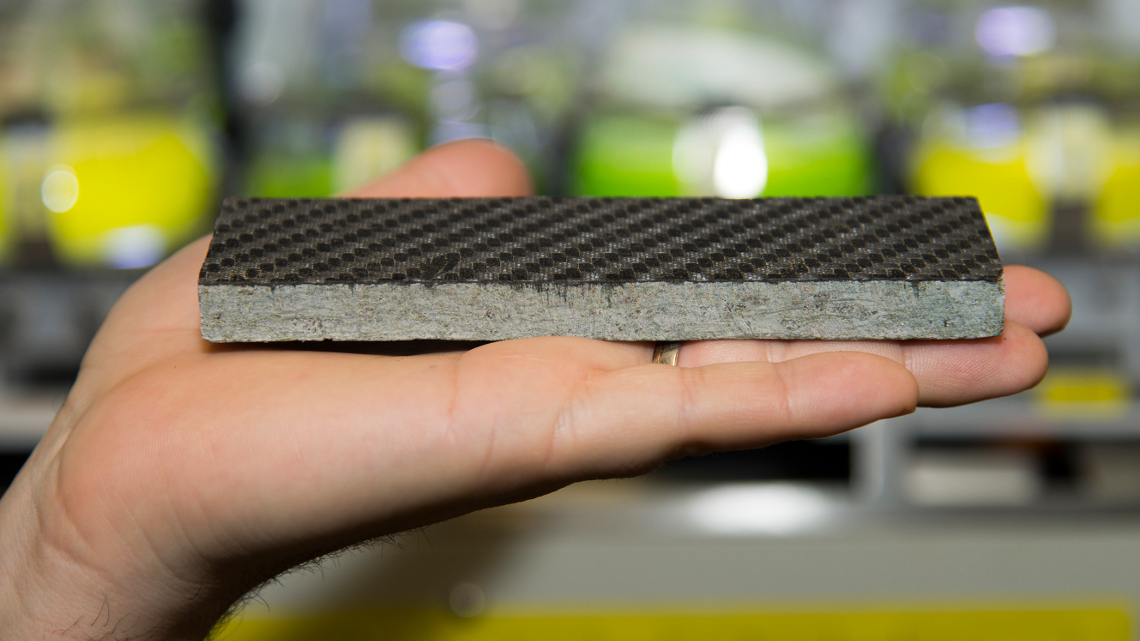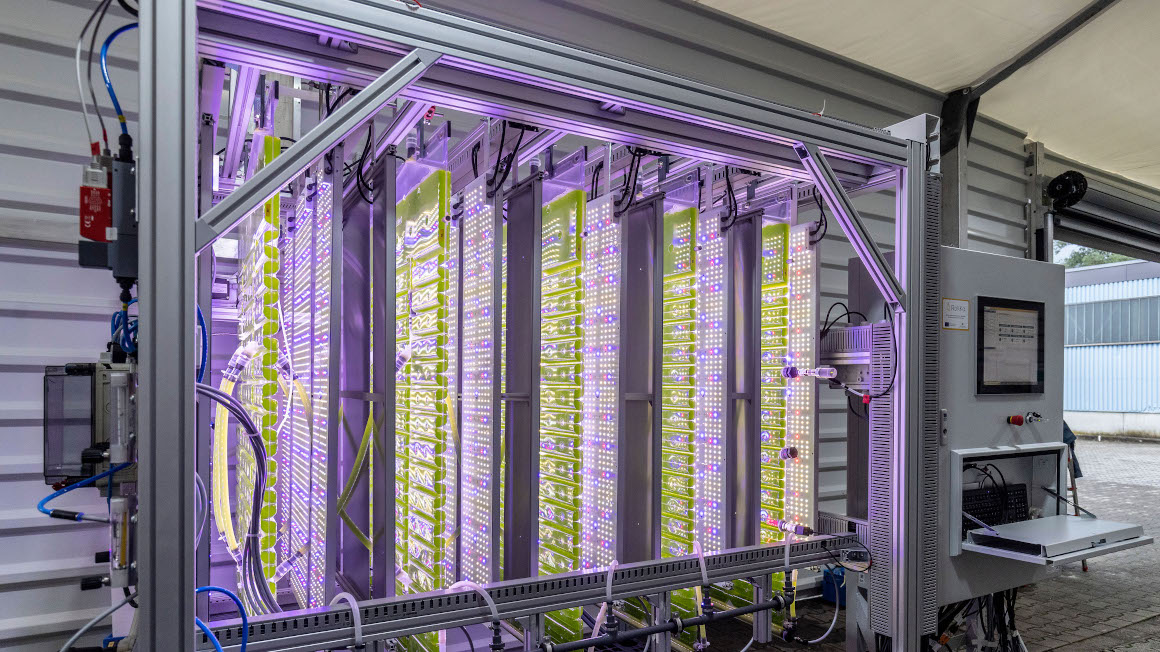Fibers from greenhouse gas
An algal technology developed by Munich scientists could help mitigate global warming. It converts carbon dioxide from the atmosphere into valuable carbon fibers.

Even the IPCC has taken note: Chemists at the Technical University of Munich (TUM) have developed a process that uses algae to remove carbon dioxide from the atmosphere and convert it in to carbon fiber. What's more, it can do so in a cost-effective way.
Part of the technical groundwork was done by scientists at the TUM Algae Cultivation Center. The algae investigated at the center not only produce biofuel, but can also be used to efficiently produce polyacrylonitrile (PAN) fibers. The energy of parabolic solar reflectors then chars the PAN-fibers to yield carbon fibers in a CO2-neutral manner.
Carbon fibers can be used to produce lightweight and high-strength materials. Carbon fibers from algae are undistinguishable from conventional fibers and can therefore be used in all existing processes. Another important field of application could be the construction industry, which accounts for a significant proportion of global carbon dioxide emissions. At the end of their life cycle, the carbon fibers can be stockpiled in empty coal seams, permanently removing the associated carbon dioxide equivalents from the atmosphere.
A far superior process
"When you make plastics from carbon dioxide, it is quickly returned to the atmosphere through waste incineration plants following a few years of use," says chemist Kolja Kuse, who was part of the team examining the economic aspects, technical applications and environmental impact of the entire process. "With the final safe storage, we remove the carbon dioxide from the atmosphere for millennia. This also makes the process clearly superior to carbon capture and storage in the underground."
The scientists now plan on further improving the process in the hopes of facilitating economically removing the greenhouse gas carbon dioxide from the atmosphere. The IPCC agrees: In their latest World Climate Report, the panel acknowledges the global relevance of the process.
um


